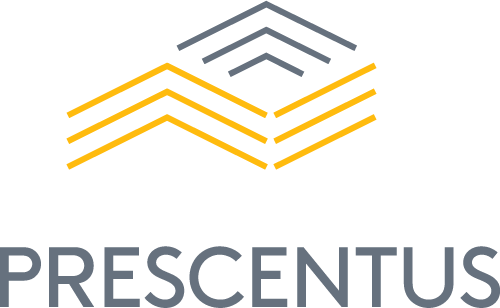Enhancing Trade-Based Money Laundering Detection: Retrieval-Augmented Generation and Semantic Search Technologies
Exploring the intricacies of trade-based money laundering (TBML) detection is akin to assembling a multifaceted puzzle. Traditional strategies have consistently struggled to keep pace with the sophisticated methods employed by individuals intent on concealing their illicit proceeds within trade transactions. A groundbreaking article on womblebonddickinson.com, penned by Prescentus's own Howard Herndon and Brandi Reynolds, introduces us to a revolutionary approach: leveraging retrieval-augmented generation combined with semantic search technologies to combat TBML.
Imagine our detection systems enhanced with the precision of natural language processing (NLP) and the foresight of machine learning. That's the essence of retrieval-augmented generation. It meticulously combs through vast amounts of trade documentation and data to construct an intricate overview that pinpoints suspicious activities with remarkable precision. Conversely, semantic search functions as a detective attuned to the nuances of TBML detection queries, uncovering the most relevant information from the depths of data with ease.
Through real-world illustrations, Herndon and Reynolds showcase how these cutting-edge strategies can uncover fraud, from inaccuracies in invoicing to identifying the elusive presence of shell companies and fictitious transactions. They go further to speculate on the future of TBML detection, focusing on ongoing research and technological advancements, and underscore the critical need for our systems to adapt as quickly as the perpetrators.
Eager to understand how these technological innovations are transforming TBML detection and fortifying our financial systems? Visit WBD’s website to delve into the full article by Howard Herndon and Brandi Reynolds. It's a deep dive into how embracing novel solutions can significantly enhance the protection of our financial integrity.
